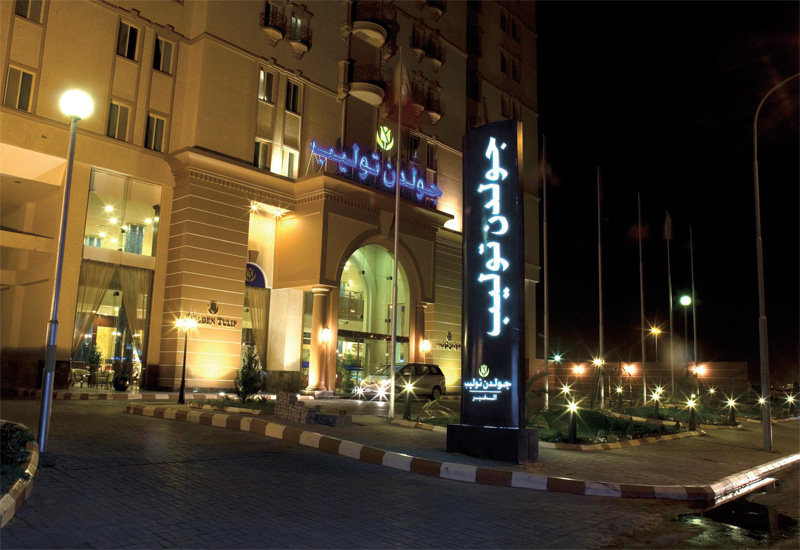 The Golden Tulip Al Khobar. Golden Tulip believes there is a great deal of opportunity in the mid-market sector.
The Golden Tulip Al Khobar. Golden Tulip believes there is a great deal of opportunity in the mid-market sector.
Makkah and Medina
“Makkah is also doing very well, obviously from religious tourism. Occupancy levels have increased 11% on last year and that is countering a big increase in RevPAR,” asserts Hewett.
Operators from abroad and from Saudi Arabia have already expressed their interests in expanding in Makkah and Medina, with many projects already signed.
Owner and developer Saudi Hotels & Resorts (Sharaco) is a major player in the religious arena, and is hoping to further develop its presence there under its operating arm Makarim Hospitality Group.

| Advertisement |
Religious tourism makes up a significant portion of Makarim’s business today and going forward. Five hotels are open under the brand in Mecca.
Sharaco recently signed a deal for a major complex in the holy land, Sharaco CEO Badr Al Bader reveals to Hotelier Middle East.
“We signed an agreement with Al Marefa city project in Al Madina Al Monawarah for a plot of land that will be invested by constructing an integrated complex that includes hotel, suites, offices, shops and multipurpose halls to serve visitors of the second holy mosque, just five kilometres away from haram Prince Mohammad Bin Abdulaziz International Airport and train station,” he explains.
Perhaps the most significant upcoming development for religious tourism though is the $5.3 billion Jabal Omar project in Makkah, comprising 38 hotels managed by 28 companies, adding 13,500 rooms to Makkah’s hospitality industry.
Marriott International, Hyatt Hotels, Hilton Hotels and Sheraton will manage properties on the development.
In August, Jabal Omar Development Company established to invest $3.2 billion in Makkah, told Bloomberg it planned to open 10 hotels in the area. The firm is already developing a significant 2.2 million square metre plot of land near the Grand Mosque.
“Saudi Arabia is aiming to increase the number of people who are allowed to perform the annual pilgrimage. It’s also mostly trying to accommodate more religious visitors and that will surely increase demand for hotels,” executive director Sameer Al Quraishi said at the time.
“The Jabal Omar project is a massive project. The kingdom is putting a lot of money into that area, expanding the infrastructure to cater to more and more visitors,” Hewett adds.
“The country is starting to see a lot of religious tourists particularly from Indonesia,” he adds.
So far this year (from January to September), the average daily rate in Makkah is at $252, with an occupancy of 73%.
“That’s not taking into consideration the Hajj season in October, which will show even higher levels and push up year-to-date figures in terms of total revenue, and there’s also a lot of demand for F&B,” explains Hewett.
To sum up, Al Bader says the major cities represent a good opportunity for both development and investment.
“Religious sites such as Mecca and Medina are always sound investments though the entry fee may be a little steep and may require partnerships,” explains Al Bader.
“Riyadh, Jeddah and Al Khobar are gearing up for both MICE and tourism,” he adds.
Article continues on next page ...








 Search our database of more than 2,700 industry companies
Search our database of more than 2,700 industry companies









